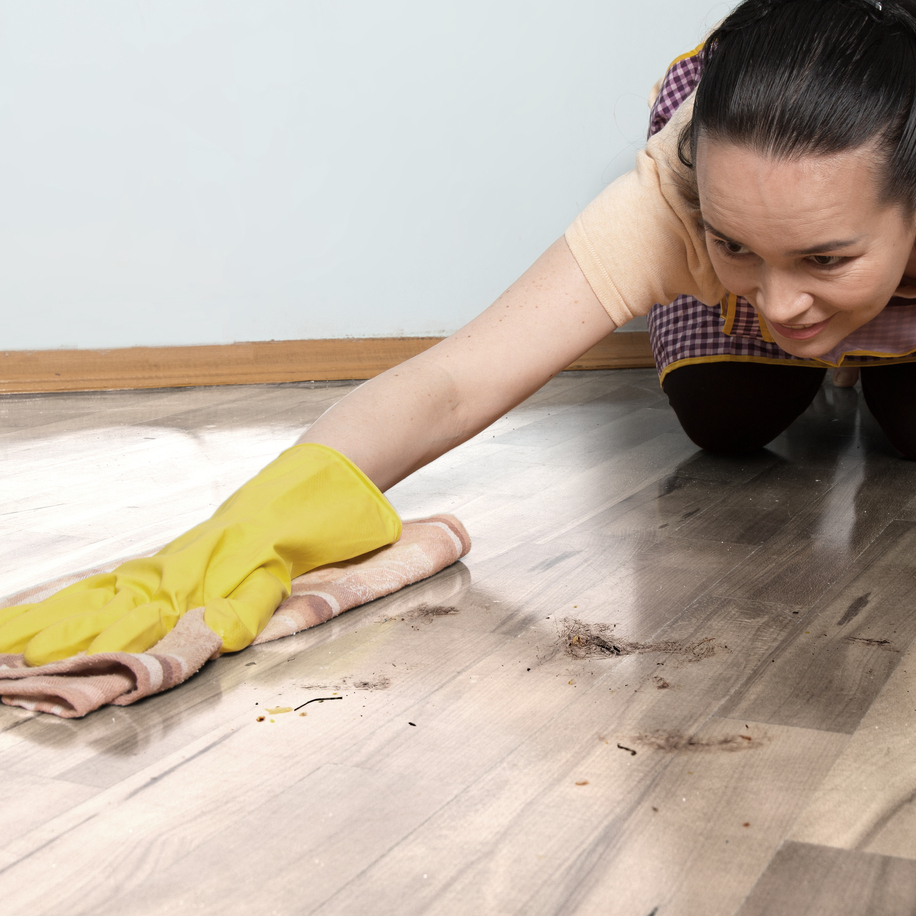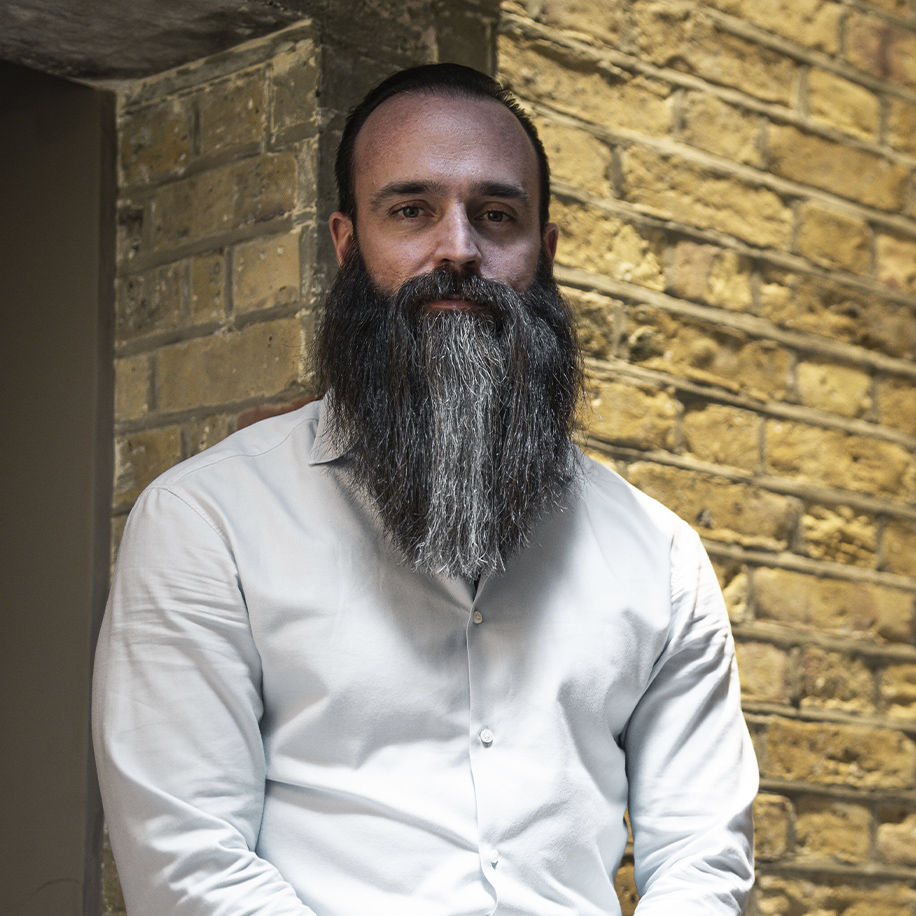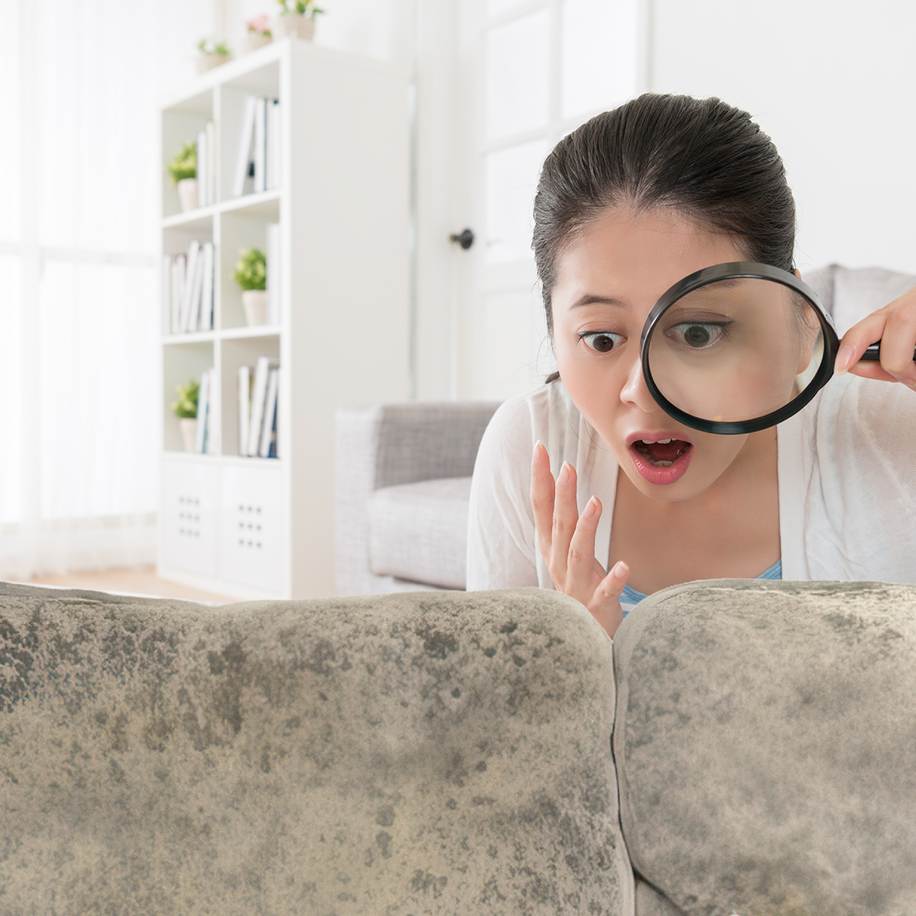Air conditioning
is about health and comfort,
not just cooling

As demand for energy-efficient buildings grows,
people also need to consider the role of cooling
systems in maintaining public health.
Text by David Blecken
Photography by Paulius Staniunas - All Is Amazing

It is uncommon for people to use the words "passion" and "air conditioning" in the same sentence, but Bernard Sagaiyaraj is one such person. His interest in air conditioning began as an engineering student, and for the past 33 years he has specialized in the field—along with refrigeration—as a designer and now an entrepreneur providing energy efficiency consulting services.
"Air conditioning involves many different disciplines," he explains. "Thermodynamics, fluid mechanics, and heat transfer all congregate in the field of air conditioning. When you do air conditioning, you get into the delicate art of making cold. But unlike with refrigeration where you cool products, here you're talking about comfort cooling. That's something people forget. It's not just about keeping cool, but also keeping humans comfortable and healthy."

Sagaiyaraj's company, Blue Snow Energy, approaches green building from five key angles: site, water, materials, energy, and indoor environment quality. The company has seen demand for its services rise under the pandemic, and it expects to double its workforce by this year's third quarter. The focus for 2023 is the application of graphene to cooling systems, which he says has the potential to drive down energy consumption by at least 25%.
"From the perspective of nanotechnology, we are a start-up," Sagaiyaraj says. It is clear from his spritely manner that this is the kind of environment where he feels at home—one that affords plenty of experimentation, trial and error, and hopefully, breakthrough achievements. In this interview, Sagaiyaraj discusses the evolving attitudes to green buildings and air quality and why air conditioning has a central role to play in maintaining indoor health.
Index
Green Building Goes Mainstream
One of Blue Snow's tenets is that "the cheapest and cleanest energy is the energy that you don't use." What does this mean in practice?
It's all about efficiency. If energy is your big cost, whether it’s cooling or lighting or some other function, there are two ways to reduce it: by switching to renewable energy like solar and biomass or simply finding a way to use less energy. Our focus is mostly on the latter: energy efficiency. We try to fine-tune the system. Solar panels are nice to have, but in the end their production also leaves its own large energy and carbon footprints.
When you started out in 2007, green building was a relatively new concept. What did you do to get people on board with it?
In the early days, we worked to inject an element of fun into the process. We wanted to make our propositions approachable using games, humor, and so forth. Since then, going green has moved from being a novelty to the mainstream, so the process has changed, and there's less need for fun and games.
It has become more price-driven, and people understand the value of going green, even if they ultimately see obtaining a green certification as a branding exercise.

What aspects of your work do you find most satisfying?
The exciting projects are always the challenging ones. Our work has shown that it's possible to come up with a net-zero template for new buildings using a combination of renewable energy, new cooling technologies such as our nanofluid, air-water systems and low-energy chillers, and AI with good data monitoring, collection, and analysis.
The radical and innovative system may cost 20% more, but there's always a cost involved in going net zero. There is always funding available, and we are at the stage where organizations are ready to spend money to lower their carbon footprint.

The Shift to Cleaner Air
Have attitudes to air purity evolved in a similar way?
When it comes to air purity, you would imagine people would look at their buildings differently post-pandemic. It hasn't really happened because of the widespread belief that all you need to do to protect yourself against a virus is to wear a mask. What many don't realize is that wearing a mask all the time is unhealthy, as you are breathing back your own carbon dioxide.
The best way to reduce the impact of any virus is actually to have a good air conditioning systems like Panasonic’s nanoe X or large central units where the air is filtered and cooled and provides good air circulation.
You have to have a system in place that ensures viruses are killed in an indoor environment through the use of UV or other technologies. We are seeing a gradual shift towards this — including in garment factories in places like Cambodia, Indonesia, and Bangladesh, where multinational brands are driving improvement as part of their compliance procedures.
At a consumer level, sales of air purifiers are going through the roof. In that sense, people are becoming aware of the quality of the air around them and that the better air purifiers do make a real difference.

Back to Basics
In the context of heating, ventilation, and air conditioning (HVAC), how important is air quality?
Air conditioning is not just about cooling air. The first thing to consider is thermal comfort: how comfortable an environment makes a human feel. The second is air quality. You want whoever is in a space to be healthy; you can't be moving dirty air around. They might feel comfortable, but if the air is not clean, then you have a problem. As a building operator, you must take steps to ensure that the air is clean. The third pillar in all this is energy efficiency: making sure that you are creating a comfortable, clean environment with the lowest energy use possible.

You are familiar with Panasonic's nanoe X technology. What are your thoughts on it?
It is a wonderful technology with relatively low awareness. Hotels should have nanoe X in every room — that is the perfect place to start. The same goes for restaurants and gyms. A gym is the easiest place to catch a virus because you are breathing much harder, and the air intake is much higher.
Read nanoe X case studies here.
The conversation around air conditioning needs to change. What happens is that people focus on temperature and go and buy the cheapest unit. You have to add a proper air purification system. As with green building, adoption needs to start with large companies — multinationals — that really understand the value of high-end purification.
Profile

Bernard Sagaiyaraj, Director, Blue Snow Energy
A mechanical engineer by training, Bernard Sagaiyaraj is an entrepreneur who has helped drive the adoption of energy-efficient practices in buildings across the Asia-Pacific region. His company provides consulting and innovative product solutions with the goal of reducing energy usage and costs. He holds an MBA and is a LEED Accredited Professional (AP).
Related Products

















